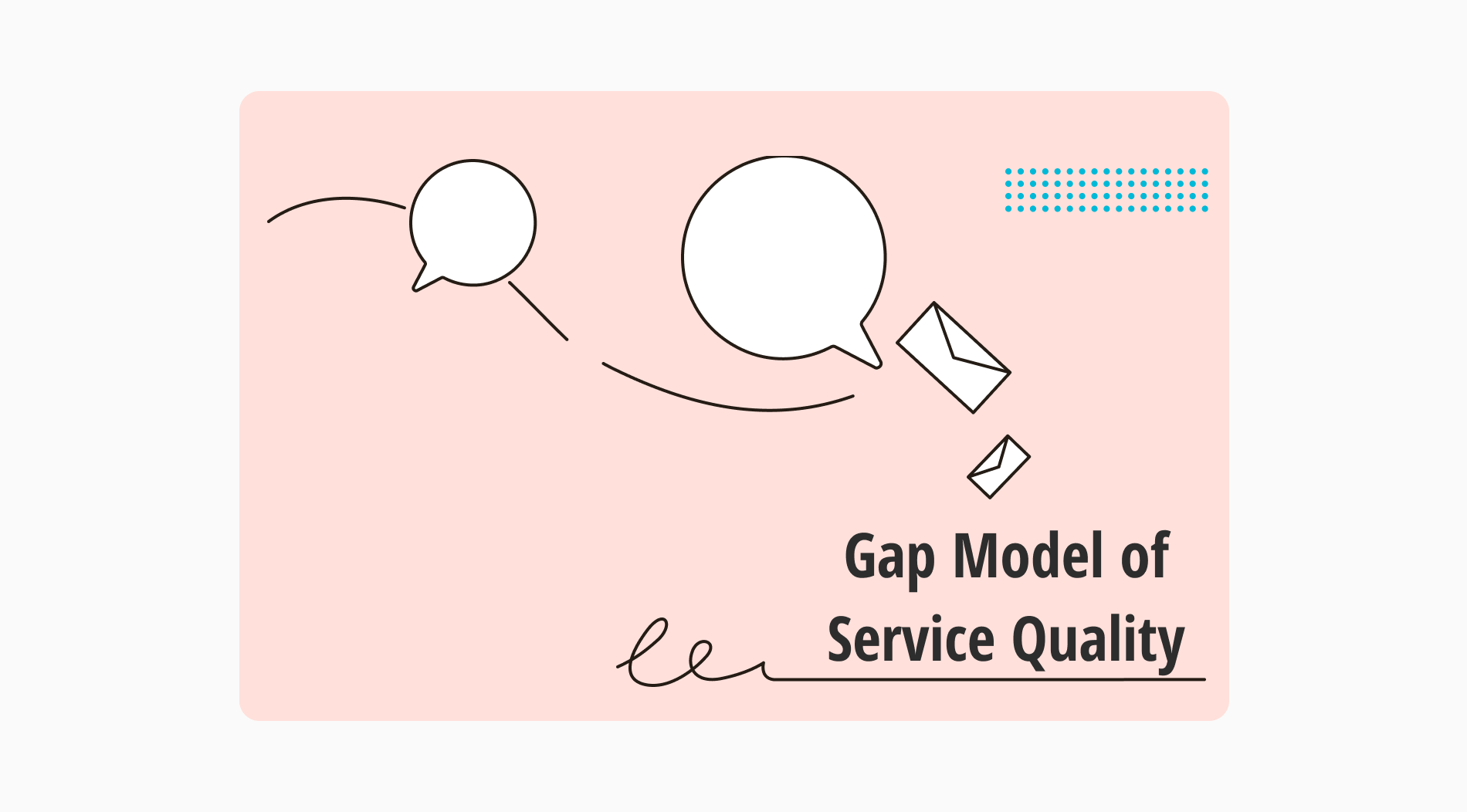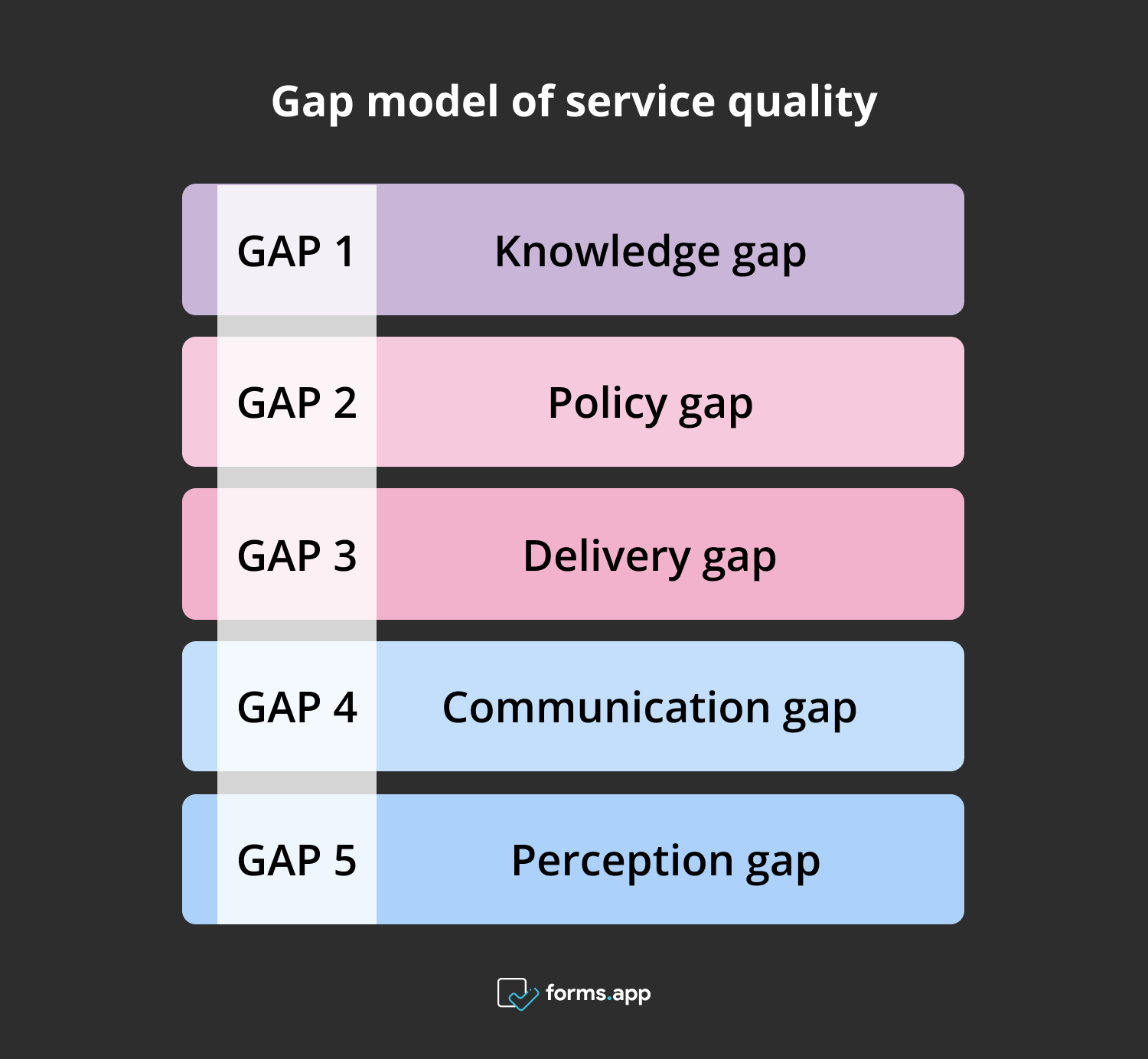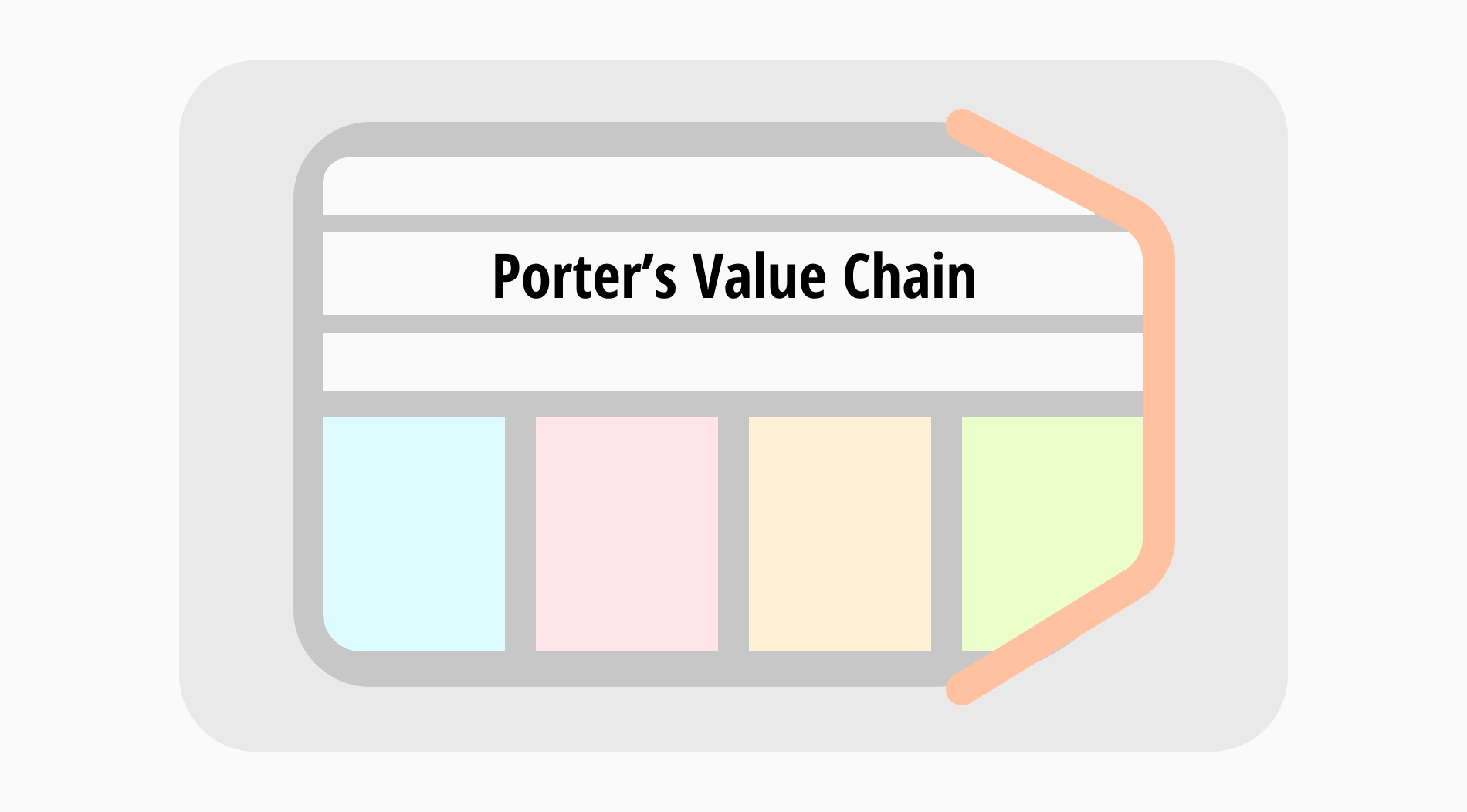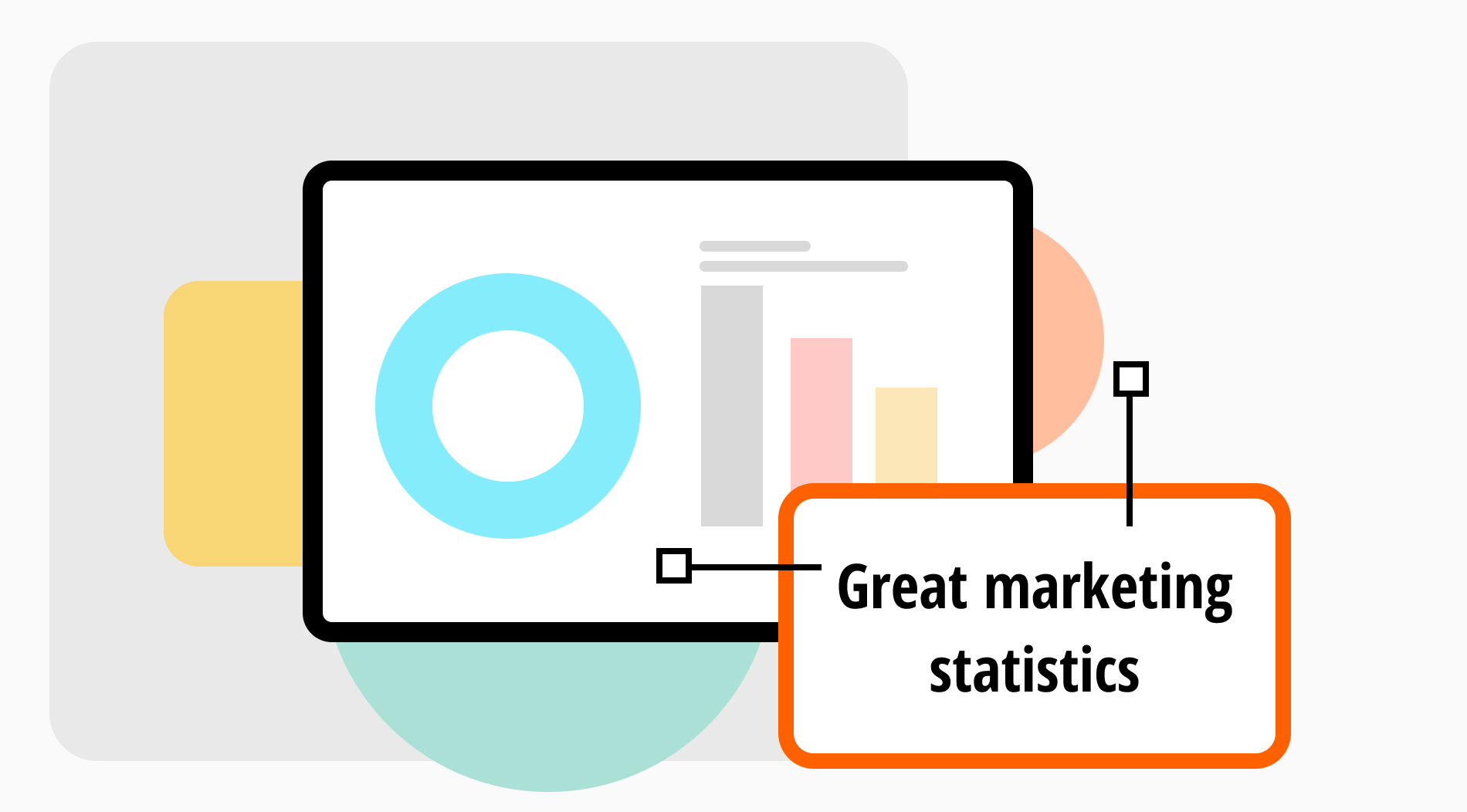
Have you ever wondered about ways of identifying the problems in your service quality and finding solutions for them? In today’s service sector, service quality is the factor that brings you one step ahead. You should know the ways to find what is missing in your service quality and how to improve it.
This article covers the gap model of service quality. It will help you learn the critical gaps between your service delivery and customer expectations. It will also enable you to explore how closing these gaps enhances service quality. This will help you lay the foundations for long-term success in your business.
First things first: What is the Gap model of service quality?

The GAP Model of Service is a framework developed to identify the differences between customer expectations and perceived service.
It assesses the journey from customer expectations to service delivery. Its goal is to improve service quality by addressing the gaps through better communication. This will align the service expectations with the actual service delivery.
Gap model of service model (Gaps in the Gap Model of Service Quality)
There are five gaps identified in the GAP Model of Service Quality. Each gap defines the discrepancy between the expectations of your customer and your actual product or service quality. These service quality gaps are the knowledge gap, policy gap, delivery gap, communication gap, and perception gap. Let’s take a closer look at the model by exploring the 5 gaps in detail:

Gap model of service model
1- Knowledge gap
Knowledge gap refers to the difference in understanding between the manager (service deliverer) and the customer's expectations. You can bridge this gap by understanding the customer's needs and expectations. You can create effective communication channels, receiving customer feedback, and regular market research. This will align your knowledge with the actual expectations of the customer.
2- Policy gap
The policy gap represents the misalignment between the management’s perception of customer expectations and the actual service standard policies and specifications. Closing this gap involves refining internal policies to accurately reflect customer needs. Understand the customer complaints and make it easier to translate the customer experience into service quality specifications.
3- Delivery gap
The delivery gap reveals the disparity between specified service quality and the actual delivery of the service. It emphasizes the need to synchronize the delivery process with the delivery expectations. The solutions for this gap are simple. Make sure that your service delivery aligns with your predefined service quality specifications and meets your customer expectations.
4- Communication gap
The communication gap reflects the discrepancy between what an enterprise communicates about its services and the actual service delivery. The gap between how a company perceives its service and its service delivery can lead to many problems. Closing this gap involves aligning your marketing messages with the reality of your service delivery and enhancing transparency.
5- Perception gap
The perception gap signifies the distinction between the customer's perception of the delivered service and their initial expectations. It reveals the subjective nature of customer perception. You can close this gap by understanding your customer’s perspectives and actively seeking feedback. Also, addressing any discrepancies between the perceived and expected service will immensely help enhance your service delivery.
Examples of Gap model of service
Applying the service quality GAP model will differ in many sectors because the examples of service quality vary in each industry and business. Any company or enterprise offering products or services to any type of customer portfolio can benefit from this model.
Example #1
For example, think of a hotel. Hotel management uses customer feedback surveys and reviews them to understand guests' expectations (knowledge gap). Recognizing the need for personalized services, the hotel revised its policies and included a guest preference profile (policy gap). With updated policies, the hotel ensures its service delivery aligns with the new personalized approach (delivery gap).
The hotel updates its marketing materials to communicate enhanced personalized services and establishes clear communication for guest preference profiles (communication gap). Following all these changes, the guest can perceive a noticeable improvement in the service quality. Now, the experience offered exceeds the actual customer expectations (perception gap).
Example #2
This time, imagine a telecom company having troubles with their customers. This company recognizes that its service quality falls short (Gap 1). It embraces faster complaint resolution and enhances physical facilities (Gap 2). After this, they improve their service delivery (Gap 3).
They revise their website to reflect the changes in their service quality (Gap 4). The customer perceives the positive development (Gap 5). The company followed all these steps and ensured higher customer satisfaction and loyalty. This proves the effectiveness of this model in successfully addressing the service gaps.
Frequently asked questions about the gap model of service
As you can see, the gaps are all dependent on each other. Filling one gap generally leads to another, and the ultimate outcome is making your service quality better. However, the GAP model is not a well-known phenomenon for all. Here are the answers to frequently asked questions about the GAP model of service and dimensions of service quality:
O Gap 4 refere-se ao Gap de Comunicação. Representa a disparidade entre o que um prestador de serviços comunica sobre os seus serviços e a sua prestação efectiva. Essencialmente, destaca os desafios enfrentados quando existe uma disparidade entre as promessas e a experiência real do cliente. É possível colmatar esta lacuna garantindo mensagens de marketing precisas que reflictam a realidade.
O Gap 5 é o Gap de Perceção. Significa a diferença entre a perceção que o cliente tem do serviço prestado e as suas expectativas iniciais antes de o receber. Refere-se à importância de compreender a satisfação do cliente e as suas expectativas. Fechar a lacuna implica compreender as expectativas dos clientes, estabelecer padrões de serviço realistas e implementar mecanismos de feedback.
A análise do modelo GAP é uma estrutura para avaliar e melhorar a qualidade do serviço. Identifica cinco lacunas fundamentais no processo de prestação de serviços. Ao analisar estas lacunas de forma consistente, as empresas podem ver as áreas a melhorar e aumentar a satisfação dos seus clientes. Alinhar a sua prestação de serviços com as expectativas do cliente acabará por melhorar a qualidade e o desempenho globais do serviço.
Sem dúvida que a análise das lacunas é uma excelente estratégia. É uma forma perfeita de melhorar a qualidade do seu serviço. Envolve a avaliação das discrepâncias ou "lacunas" entre o seu desempenho atual e os objectivos desejados. Ao identificar estas lacunas, as empresas podem desenvolver a sua qualidade de serviço/produto e estratégias de marketing.
Esta estratégia ajudará certamente a aumentar a satisfação do cliente e a atingir os objectivos de gestão. Como resultado, a organização pode garantir a fidelidade do cliente e reforçar a sua posição no mercado. Esta estratégia também contribui para o crescimento de experiências positivas do cliente para o sucesso.
To sum up
In conclusion, the GAP Model of Service Quality identifies the discrepancies between customer expectations and service quality. This model serves as a valuable guide. In it, there are a total of 5 gaps, which are dependent on each other. Bridging these gaps will lead to better customer satisfaction and service quality.
In this article, we defined the GAP Model of Service quality and all the gaps in the model. We saw examples of each gap, highlighting their dependence on each other to ultimately enhance the service quality. We also covered the frequently asked questions about this model to help understand it more smoothly. This model is a valuable tool for all businesses!
Fatih is a content writer at forms.app and a translator specializing in many text domains, including medical, legal, and technical. He loves studying foreign languages. Fatih especially likes to create content about program management, organizational models, and planning tools.



 5 min ler
5 min ler

